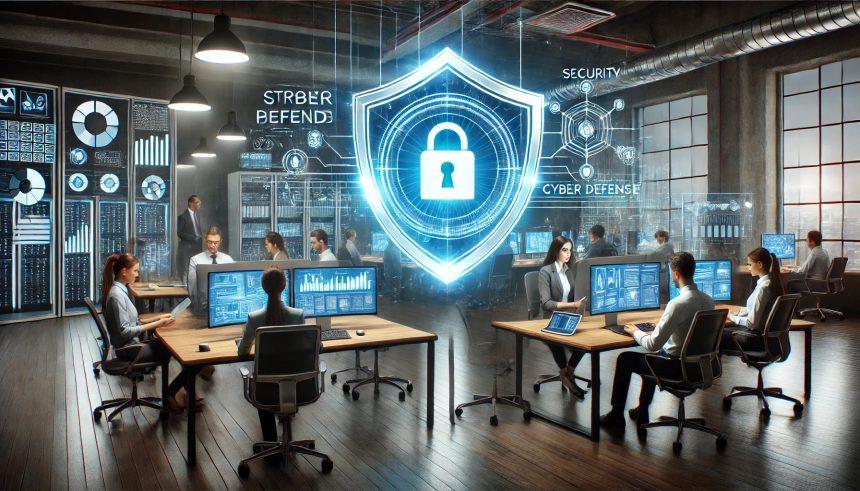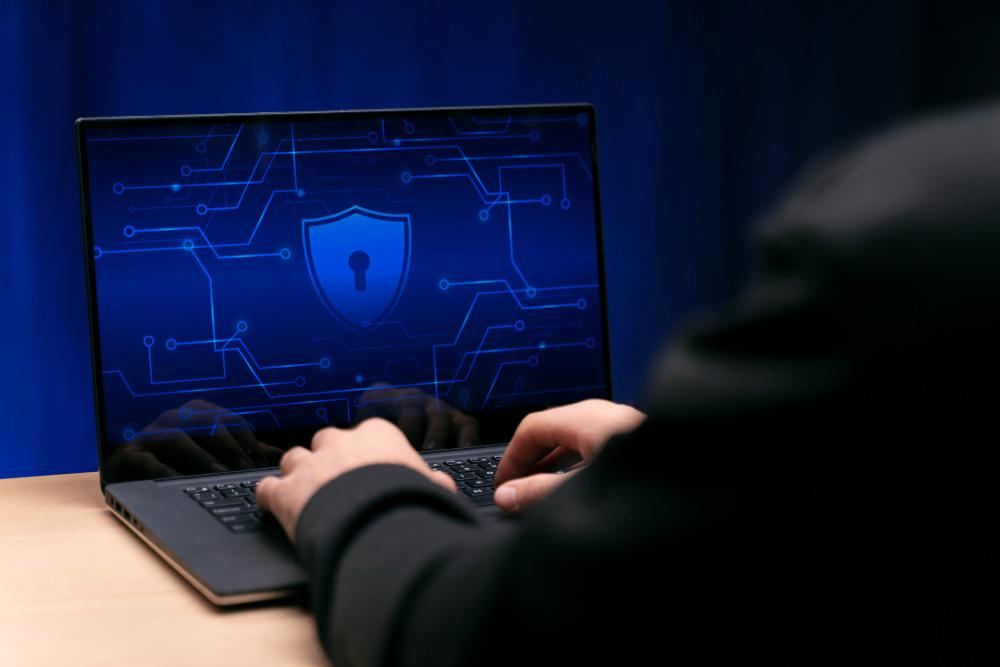Malware attacks are becoming more sophisticated and relentless. Whether you’re managing a small business network or an enterprise-level infrastructure, having a solid anti-malware system administration strategy isn’t optional—it’s essential. This guide will walk you through everything you need to know about setting up, managing, and optimizing your anti-malware defenses like a pro.
Understanding Anti-Malware Systems: The Foundation of Cybersecurity
What is an Anti-Malware System?
At its core, an anti-malware system is software designed to detect, prevent, and remove malicious threats, including viruses, ransomware, spyware, and Trojans. These solutions operate through signature-based detection, heuristic analysis, and behavioral monitoring to stop threats before they cause damage.
Types of Anti-Malware Solutions
- Endpoint Security Software (e.g., Bitdefender, Norton, Kaspersky) protects individual devices.
- Network Security Solutions (e.g., firewalls, IDS/IPS, SIEM) guard against large-scale threats.
- Cloud-Based Anti-Malware Services provide scalable, real-time protection.
- AI-Driven Threat Detection Tools use machine learning to identify evolving malware.
Setting Up an Anti-Malware Strategy: Multi-Layered Defense
Cybercriminals don’t rely on a single method of attack, so why would you depend on a single defense layer? A multi-layered security approach is the gold standard.
Key Components of a Strong Anti-Malware Strategy
✅ Endpoint Protection – Ensure all devices have up-to-date anti-malware software.
✅ Network Security – Firewalls, VPNs, and IDS/IPS help monitor and block suspicious activities.
✅ Email Security – Phishing is one of the top malware distribution methods; filter spam and malicious attachments.
✅ Web Filtering & Sandboxing – Prevent access to malicious websites and test unknown files in isolated environments.
How to Choose the Right Anti-Malware Solution
When selecting a tool, consider:
- Real-Time Protection – Does it detect threats as they happen?
- Minimal System Impact – Will it slow down your devices?
- Ease of Use – Can your team manage it efficiently?
- Cost vs. Features – Is it budget-friendly without compromising security?
- Cloud vs. On-Premises – Cloud-based solutions offer scalability, while on-premises provide greater control.
Deployment and Configuration: Setting Up for Success
Even the best anti-malware solution won’t help if it’s not configured properly. Follow these best practices to ensure a seamless deployment:
Step 1: Install and Configure for Maximum Protection
- Use centralized management to control security policies across multiple endpoints.
- Schedule automatic scans and updates to keep malware definitions current.
- Enable behavioral monitoring to detect zero-day threats.
- Restrict user privileges to minimize malware entry points.
Step 2: Integrate Anti-Malware with Other Security Tools
- Use SIEM (Security Information and Event Management) for real-time visibility.
- Pair with firewalls and intrusion detection systems to strengthen network defenses.
Proactive Threat Monitoring & Incident Response
Staying one step ahead of cybercriminals means continuously monitoring threats before they escalate.
Real-Time Monitoring Best Practices
🔹 Use a centralized dashboard to track threats across all devices.
🔹 Set up automated alerts for suspicious activity.
🔹 Analyze logs for early signs of an attack.
What to Do When Malware is Detected
🚨 Step 1: Isolate the infected device immediately.
🚨 Step 2: Run a deep scan using anti-malware software.
🚨 Step 3: Identify the attack vector (email, website, or software vulnerability).
🚨 Step 4: Apply security patches and update software.
🚨 Step 5: Perform a forensic analysis to understand the breach and prevent recurrence.
Using AI and Automation for Faster Threat Response
AI-driven threat intelligence solutions can detect and respond to malware without human intervention, significantly reducing response times.
Regular Maintenance and Best Practices for Long-Term Protection
Keep Your Anti-Malware Software Updated
Cyber threats evolve daily. Regular updates ensure you stay protected against the latest malware variants.
Conduct Security Audits & Compliance Checks
If you’re in a regulated industry, ensure compliance with ISO 27001, NIST, GDPR, or HIPAA by performing routine security assessments.
Train Employees on Cybersecurity Awareness
Human error remains a top cause of malware infections. Educate your team about:
✅ Recognizing phishing emails
✅ Using strong, unique passwords
✅ Avoiding suspicious downloads
Emerging Trends and Challenges in Anti-Malware Administration
🚀 AI & Machine Learning in Malware Detection – Advanced AI algorithms now predict and prevent malware before it executes.
🚀 The Rise of Fileless Malware – Traditional antivirus struggles against malware that doesn’t use files but rather exploits system memory.
🚀 Zero Trust Security Frameworks – Companies are shifting to “never trust, always verify” models to limit exposure to threats.
🚀 The Impact of Quantum Computing – While still in its infancy, quantum computing poses both opportunities and risks for cybersecurity.
Conclusion: Stay One Step Ahead of Cyber Threats
Malware threats aren’t going anywhere—in fact, they’re getting smarter and more destructive. But with a well-planned anti-malware administration strategy, you can keep your systems secure, resilient, and ahead of cybercriminals.
💡 Final Tips for IT Administrators:
✅ Implement a multi-layered defense strategy.
✅ Use real-time monitoring and automated threat detection.
✅ Regularly update and audit your anti-malware systems.
✅ Educate users on cyber hygiene and phishing awareness.
By taking these steps, you can fortify your network, protect sensitive data, and ensure smooth IT operations—without the constant fear of a malware attack.
Cybersecurity for Business
Your business faces constantly evolving cyber threats that can jeopardize sensitive data, disrupt operations, and damage your reputation. Our cybersecurity for business solutions are tailored to meet the unique challenges of companies of all sizes, providing robust protection against malware, phishing, ransomware, and more.
Whether you’re a small startup or a large enterprise, we offer multi-license cybersecurity packages that ensure seamless protection for your entire team, across all devices. With advanced features like real-time threat monitoring, endpoint security, and secure data encryption, you can focus on growing your business while we handle your digital security needs.
Get a Free Quote Today! Safeguard your business with affordable and scalable solutions. Contact us now to request a free quote for multi-license cybersecurity packages designed to keep your company safe and compliant. Don’t wait—protect your business before threats strike!





